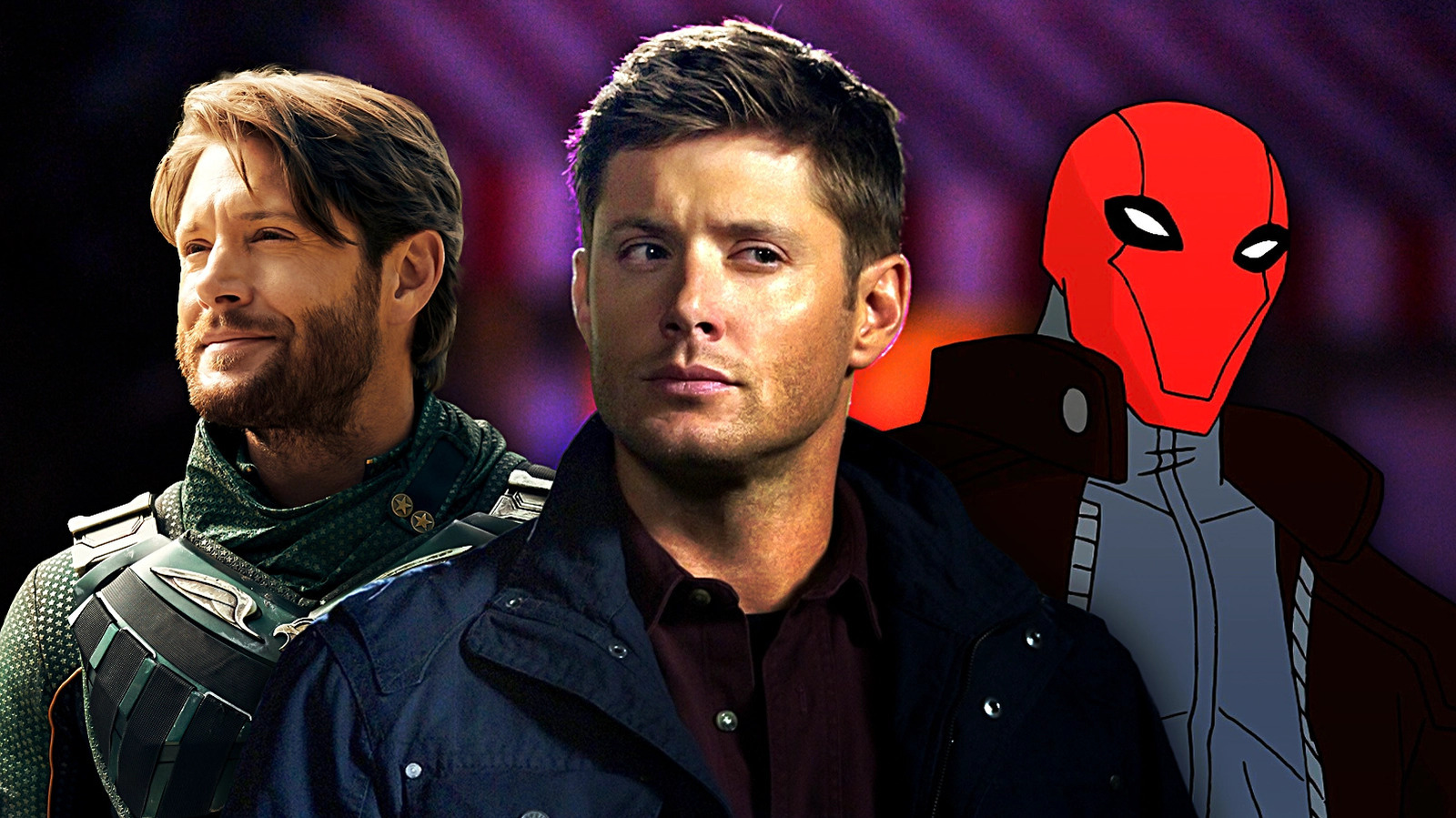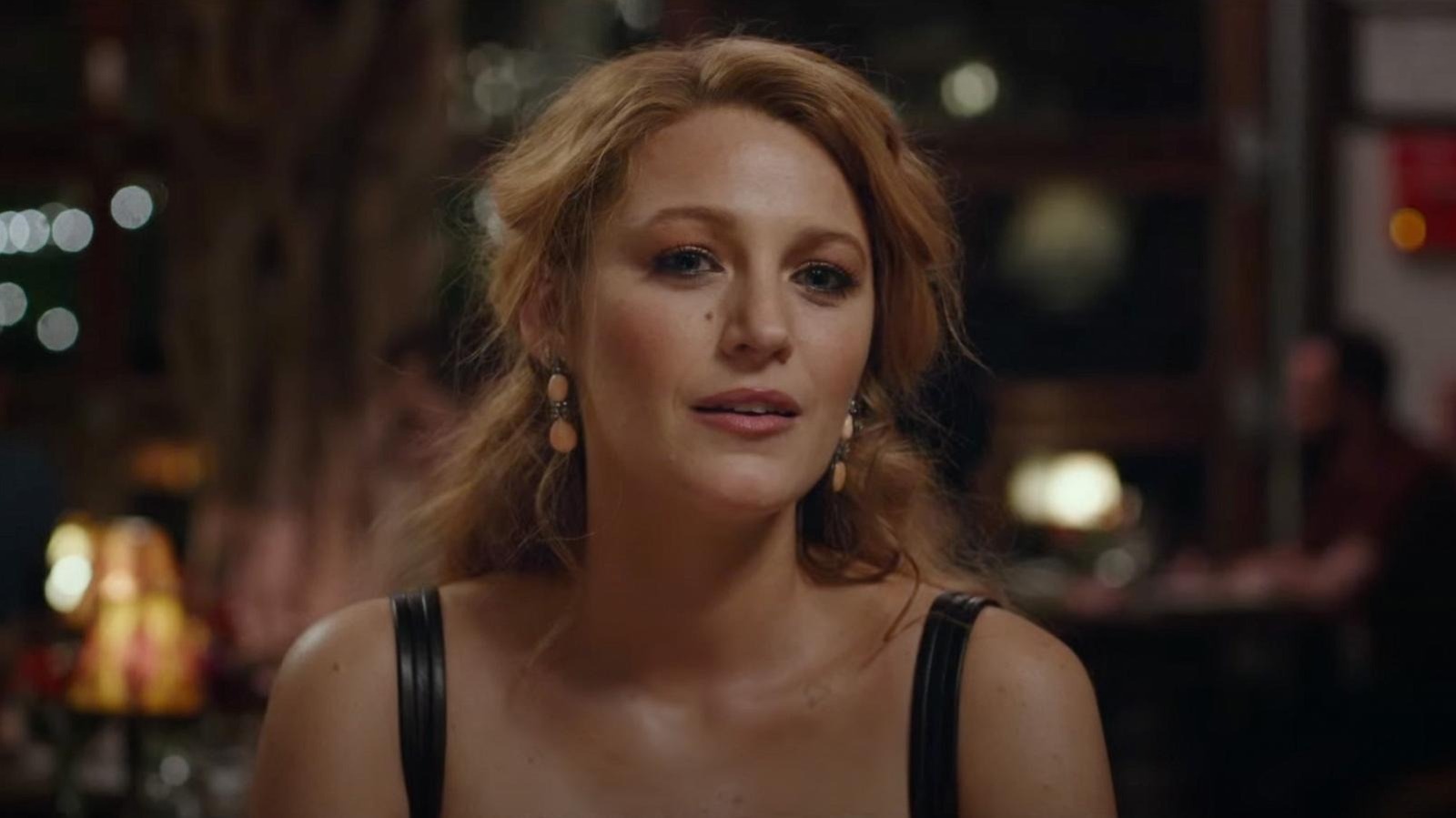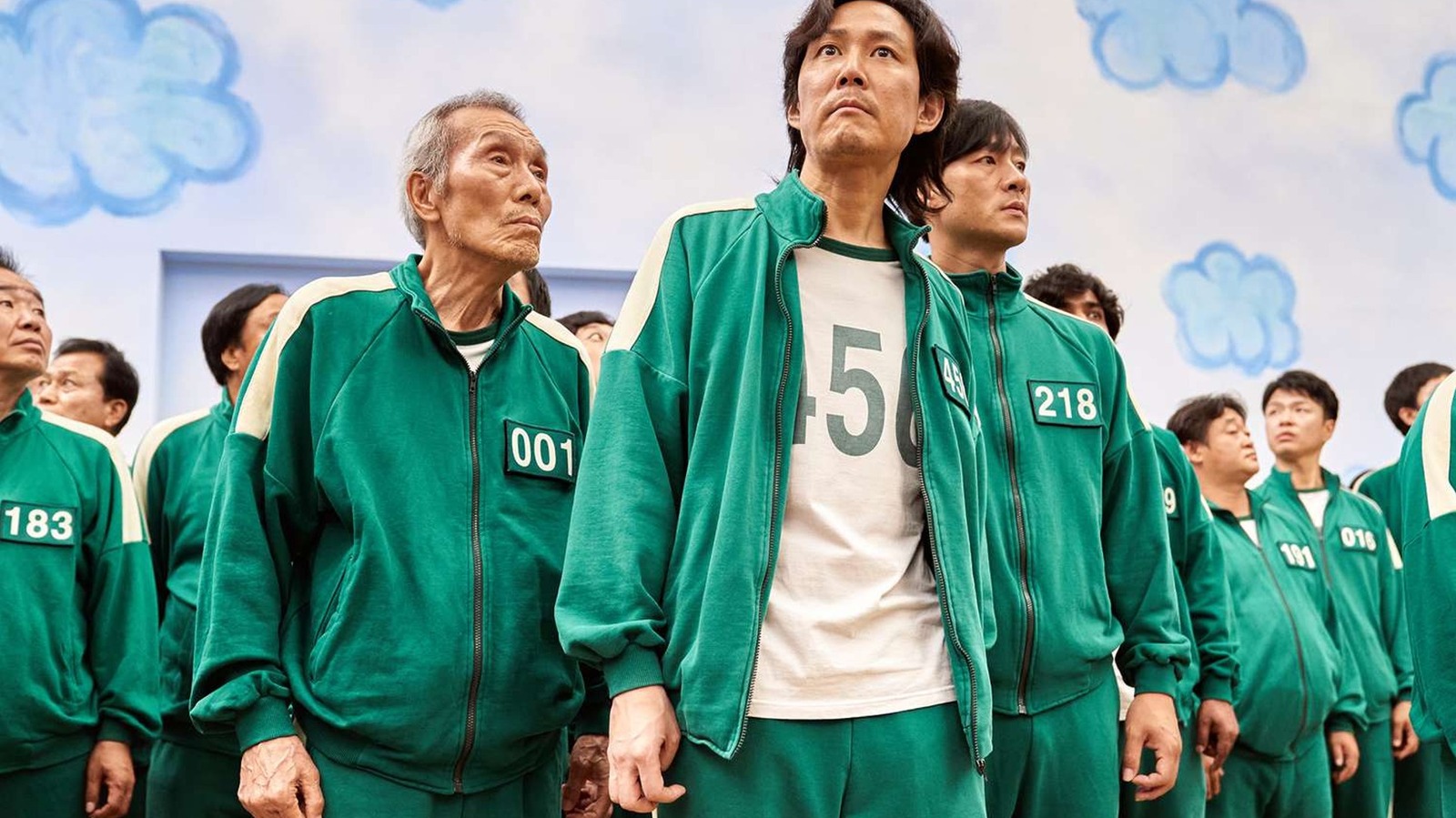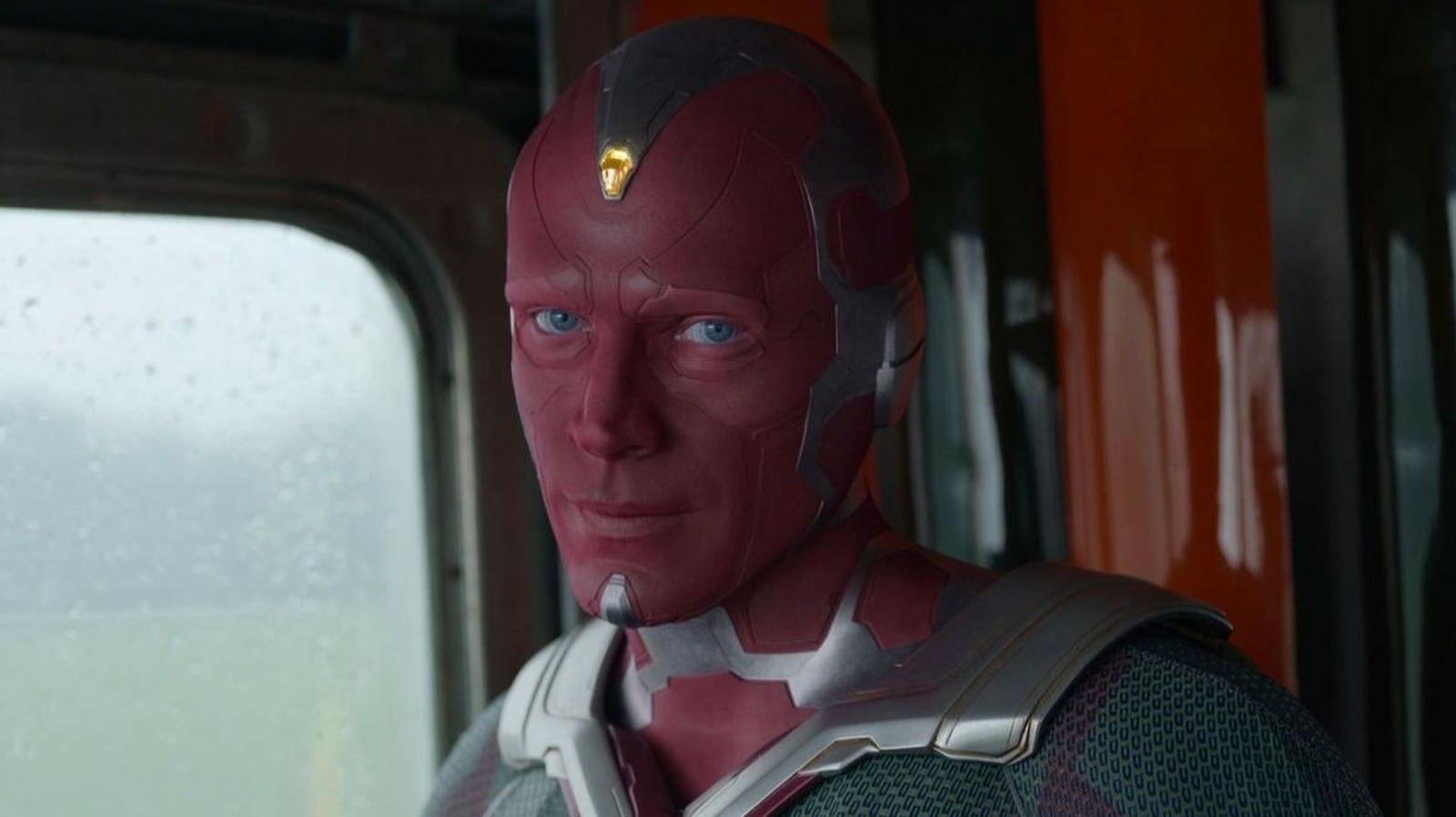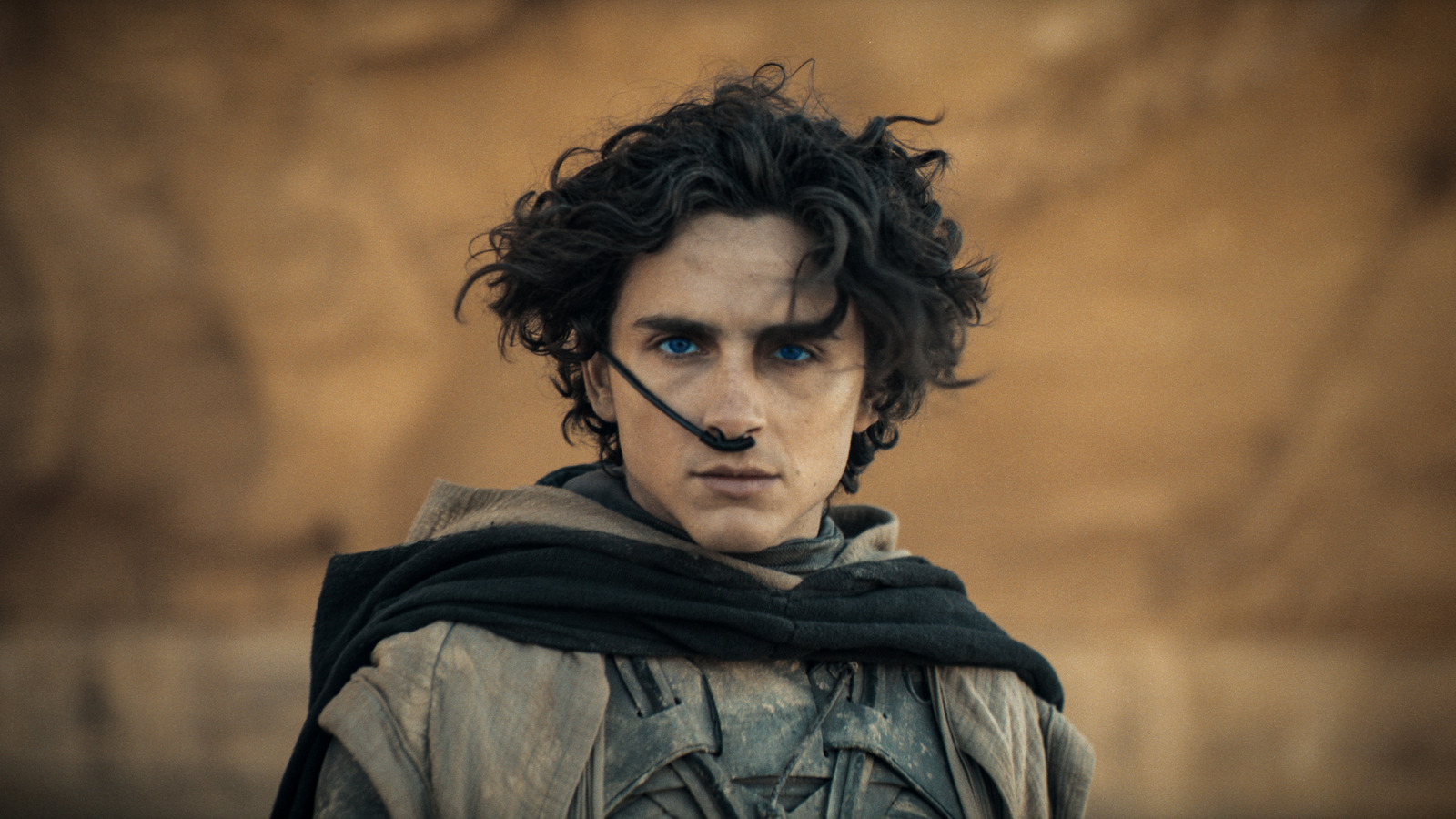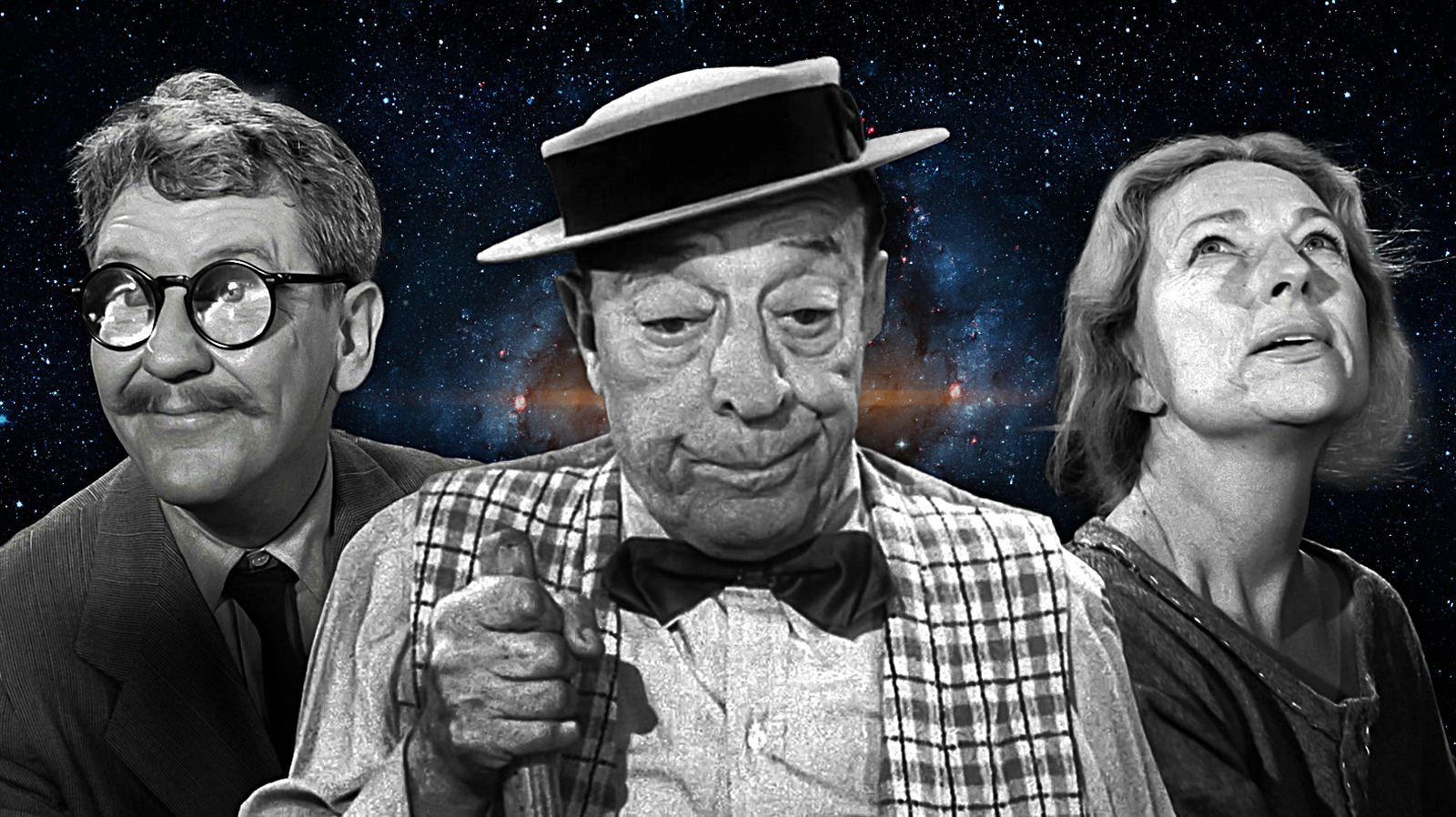
For my money, there’s one easy answer to the question of the best television show of all time: it’s “The Twilight Zone,” obviously. Rod Serling’s influential series, which originally premiered in 1959, offers something for everybody. There are scary episodes and thought-provoking ones, episodes with aliens and episodes with murder, and episodes that fall into the Western genre, science fiction, horror, and even comedy. That iconic theme music gives everything an air of the surreal, letting us know that we’re watching a show where just about anything can happen.
Serling didn’t like that the show reran in syndication, but that’s part of what made it so enduring. From SyFy marathons to the series’ ubiquity on various streaming services, audiences have been discovering “The Twilight Zone” for decades, sinking into its impressive back catalog in an effort to be scared, spooked, or simply entertained.
One of the joys of rewatching “The Twilight Zone” is realizing just how impressive its cast is. The series employed a number of major stars, many before they were really famous. In “Nightmare at 20,000 Feet” — the one with the gremlin on the wing of the plane — you’ll spot William Shatner before “Star Trek.” It’s not always good; in “The Bard,” one of the worst episodes of “The Twilight Zone,” you’ll get a young Burt Reynolds doing a Marlon Brando impression. As for the absolute best performers to ever appear on the original run of the show, that question’s a bit harder to answer. Here’s our attempt.
10. Jack Klugman — A Passage for Trumpet, Death Ship, A Game of Pool, and In Praise of Pip
Jack Klugman was a television legend. He won two Emmy Awards for his role as Oscar on “The Odd Couple,” the more freewheeling, sloppy roommate to Tony Randall’s neat-freak Felix. He also starred as the lead on “Quincy, M.E.,” playing a Los Angeles medical examiner who assists the police.
Klugman appeared on “The Twilight Zone” four times, the most of any actor. In addition to “A Passage for Trumpet,” where he plays a deeply unhappy trumpet player, and “Death Ship,” where he’s an astronaut who finds the ghost of his own spaceship, Klugman turned in two of the series’ best performances. In “A Game of Pool” and “In Praise of Pip,” Klugman is captivating, playing men desperate to change their circumstances.
“A Game of Pool” is a two-hander between Klugman and Jonathan Winters. Klugman is Jesse, a pool player who’s fixated on being the best in the world … which would mean he’d need to prove himself against Fats Brown (Winters), who’s been dead for years. When Fats shows up in the pool hall anyway, the men engage in a game for the ages … and for Jesse’s soul. In “In Praise of Pip,” Klugman plays a father who hears that his son is near death in Vietnam. A plea to the heavens allows him to spend one last hour with his kid, and it’s as touching as “The Twilight Zone” ever got.
9. Bill Mumy — It’s A Good Life, Long Distance Call, In Praise of Pip
Oftentimes, “The Twilight Zone” was all about making the familiar seem frightening. Dolls, grandmas, family dynamics … nothing was off-limits. In “It’s A Good Life,” the most terrifying thing of all is a kid who acts up when he doesn’t get what he wants. Bill Mumy plays Anthony Fremont, an all-American boy holding his town hostage. When Anthony’s upset, you see, he has the power to wish people away. They never come back.
Mumy had an adorable little face, which made the character all the more terrifying. He’s extremely impressive in the episode, and not just “for a little kid,” either. It’s a perfectly calibrated performance, occasionally playing up Anthony’s innocence and occasionally making him seem like the most evil, calculating kid to ever grace the airwaves. It’s a performance so iconic, in fact, that he was invited to reprise the character on the 2000s revival of the series, bringing Anthony back for a sequel called “It’s Still A Good Life.”
Though it would’ve been memorable enough to land him a spot on this list anyway, this wasn’t Mumy’s only performance on the series. He also starred in “In Praise of Pip,” playing the child who reappears to Jack Klugman as his son lies on his deathbed in Vietnam. Mumy was also in “Long Distance Call,” an episode where a child’s toy phone lets him converse with his dead grandmother. It’s another creepy-kid tour-de-force, perfectly melding childhood and something much scarier.
8. Cloris Leachman — It’s A Good Life
Bill Mumy’s performance in “It’s A Good Life” is what made the episode so iconic, but it wouldn’t work nearly as well without Cloris Leachman as his mother. The episode came rather early in Leachman’s career, though she would go on to become the most-nominated and -awarded Emmy performer of all time. She racked up awards thanks to her critically adored performance on “The Mary Tyler Moore Show,” and she took home an Oscar thanks to her devastating turn in Peter Bogdanovich’s 1971 film “The Last Picture Show.”
In 1961, though, Leachman played Mrs. Fremont on “The Twilight Zone.” Her son Anthony is the one who can wish people away, so she lives her life in a constant state of fear, committed to pleasing the child by giving him anything and everything he wants. In a riveting performance, Leachman wears her character’s exhaustion and despair all over her face, her pained smile always threatening to crumple into sobs.
Like Mumy, Leachman brought the character back in “It’s Still A Good Life.” On the other side of the bulk of her illustrious career, she was no less incredible, adding decades of experience to her desperation. As the part proved, Leachman was one of the best to ever grace the “Twilight Zone” stage.
7. Lee Marvin — The Grave
We tend to underestimate character actors. They’re a specific type of performer — a reliable player whose ease at portraying “that guy” characters can go a long way toward characterizing a part that’s underserved by script or by screen time. Lee Marvin was one of the best character actors ever, appearing in Westerns like “The Man Who Shot Liberty Valance” and the World War II action-drama “The Dirty Dozen.” He won an Oscar in 1966 for his performance in the Western comedy “Cat Ballou,” but for the most part, he was an underappreciated yet essential ingredient in any film he showed up in. Any time he appeared onscreen, you knew you were getting a tough-guy performance that could stare down the likes of John Wayne and Paul Newman.
In 1961, Marvin lent his stone-cold stare to “The Grave,” one of “The Twilight Zone’s” best Western episodes. Here, he’s Conny Miller, a hired gun sent to track down an outlaw named Pinto Sykes. Finding that he’s too late and Sykes is already dead, he learns that the killer threatened to reach out of his grave to take Conny’s life if ever he were to come around. The locals bet Conny that he’s not brave enough to spend the night on Sykes’ grave, and of course, he takes them up on their wager. It’s a superb performance full of machismo — made all the more engrossing when Conny gets out to the cemetery and has no one to put on a brave face for.
6. Peter Falk — The Mirror
“We’ve had some performances of great depth in ‘The Twilight Zone,’ and next week is no exception,” Rod Serling teases at the end of the Season 3 episode “A Game of Pool.” ” Sure enough, a distinguished and incredibly talented young man lent us his services when Peter Falk starred in ‘The Mirror.'” Serling didn’t oversell it. The future “Columbo” star was incredible in “The Mirror,” an episode about a revolutionary-turned-dictator who has to confront himself when his people begin to rise up.
Falk plays Ramos Clemente, a South American man who deposed a tyrant. Now in charge of the country himself, Clemente is gifted a mirror meant to show the reflections of men who would assassinate him. As he spends more and more time staring into the mirror, witnessing visions of his compatriots turning their guns and knives on him, Clemente is overcome with paranoia. He’s certain that every person in his orbit is secretly plotting his downfall, and it drives him mad. It’s an excellent performance; Falk ably portrays a man coming apart at the seams, so corrupted by power that he can’t allow himself to rest for a single second.
He’s great when he goes big, tearing into his supposed allies with vim and vigor, but he’s even better when he gets small. “Father, I can’t live like this,” Clemente tells a priest in a near-whisper toward the end of the episode. “I’m frightened.”
5. Agnes Moorehead — The Invaders
Agnes Moorehead would later come to be known for her role on “Bewitched,” where she starred as an eccentric witch named Endora. Her supernatural sitcom superstardom was actually her career’s second act, however; in the 1940s and 50s, she had a number of critically-acclaimed roles in movies like “Citizen Kane” and “All That Heaven Allows.” She’d even racked up three Academy Award nominations in the 1940s, for “Johnny Belinda,” “Mrs. Parkington,” and “The Magnificent Ambersons.”
In other words, Moorehead’s 1960 appearance on “The Twilight Zone” was a major get for the show. She starred in “The Invaders,” one of the show’s most iconic episodes, as an unnamed woman besieged in her own home by the appearance of tiny, violent aliens. It’s one of the scariest episodes of “The Twilight Zone,” and it has nearly no dialogue. Instead, the woman goes about her life before she’s suddenly set upon by the little alien men … who turn out to be astronauts from Earth, meaning she’s actually the alien. Cue that spooky theme song.
Even though she doesn’t get to speak, Moorehead is utterly captivating in the episode. When the woman is shot by one of the astronauts, she clutches her shoulder, contorting her face into an expression of anguish that’s as haunting as any in the series. The revelation that she’s the extraterrestrial makes her performance even better in retrospect, drawing us in before pulling the rug. What a feat.
4. Ida Lupino — The Sixteen Millimeter Shrine
Ida Lupino’s biggest legacy is as a director. There weren’t that many women making movies during the Golden Age of Hollywood, but in the 1950s, Lupino turned in a string of thrillers like “Outrage” and “The Hitch-Hiker,” a movie that presaged classic road-horror films like “The Hitcher.” In the 1960s, she turned to television, stepping behind the camera for episodes of shows like “Bewitched” and “Gilligan’s Island.” She even directed a late-run episode of “The Twilight Zone” called “The Masks,” which is the one where everyone has to wear a creepy mask that remolds their face at the reading of a will.
Early on in “The Twilight Zone,” however, Lupino gave one of the show’s most haunting performances. In an episode called “The Sixteen-Millimeter Shrine,” Lupino was Barbara Jean Trenton, an aging film star who holes herself up in her mansion to watch her old movies on a loop. She’s still receiving offers — Lupino was, after all, only 41 when she played the part — but she’s horrified at the idea that she should be playing mothers now, viscerally frightened of the idea of aging. It’s a little bit like “Sunset Blvd.,” if Gloria Swanson got depressed instead of delusional. She’s heartbreaking, making Barbara into the kind of person you want to root for … even though you love to watch her disappear into the past. Literally.
3. Claude Akins — The Monsters Are Due On Maple Street and The Little People
Many of the most notable episodes of “The Twilight Zone” are thinly veiled allegories for social issues, revealing an impressively progressive outlook on postwar American society. The best of the bunch is “The Monsters Are Due on Maple Street,” a gripping allegory for the Red Scare that gripped the country amidst the Cold War. After mysterious flashes of light in the sky, a mysterious power outage threatens a sleepy suburban block; soon, the neighbors round on each other, convinced someone among them is an alien sent to threaten their way of life.
The lone voice of reason is Steve Brand (Claude Akins), a man who’s desperately trying to hold his neighborhood together as they careen over the edge into violence. Akins is tremendous; his soothing voice and broad, expressive face are the perfect canvas on which to project our wish for a sane perspective in a world that seems to be spinning out of control. Still, he’s not afraid to get loud, to stand up for himself. When he shouts, “Are you all gone crazy?” it feels like a rallying cry.
Akins also appeared in “The Little People,” a sci-fi episode set on a distant planet. He’s part of a two-man team that discovers a race of tiny people, and once again, Akins is the rational one while his co-star (Joe Maross) loses his mind. It’s what he did best, and the series was lucky to have him.
2. Buster Keaton — Once Upon a Time
“Once Upon a Time” is, hands-down, the funniest episode of “The Twilight Zone.” It’s not a show that typically goes for laughs, but thanks to a bravura performance from the iconic Buster Keaton, “Once Upon a Time” makes full use of his trademark physical comedy to great effect.
He plays Woodrow Mulligan, a janitor in the 1890s who works for an inventor. The opening act of the film is shot like one of Keaton’s silent films, including sped-up footage, dialogue cards, and silly sight gags. When he steals the inventor’s time-machine helmet, Mulligan travels forward to 1960; the episode then snaps into modern filming style, leaving the janitor befuddled by the cacophony of modern life.
Keaton was 66 when he starred on “The Twilight Zone,” and the peak of the silent film era had long since passed. In the episode, however, he’s just as nimble as he was at the height of his career. He’s just as good at conveying exasperation, making himself the perfect straight man to his own slapstick shenanigans. It’s a brilliant bit of casting; like his character, Keaton himself seems like a relic of an earlier era in the age of television. In “Once Upon a Time,” he proves that he’s got staying power.
1. Burgess Meredith — Time Enough At Last, The Obsolete Man, Mr. Dingle the Strong, Printer’s Devil
Over time, much like M. Night Shyamalan, “The Twilight Zone” came to be known for its twist endings. (Also like Shyamalan’s work, many “Twilight Zone” episodes don’t actually have twists.) The best twist of all, though, is in “Time Enough At Last,” the episode where a bookish man named Henry Bemis (Burgess Meredith) survives the apocalypse while reading in a bank vault. He’s not too upset about the fact that he’s the only man left alive; after all, he has time to read all he wants! Only … in the episode’s final moments … he breaks his glasses. “There was time now,” he whimpers.
Meredith, a two-time Oscar nominee, is the best actor in the show’s initial run. He appeared in three other episodes in addition to “Time Enough At Last,” tying Jack Klugman’s record as the show’s most frequent player. “Mr. Dingle the Strong” is fine, and “The Obsolete Man” is a stone-cold classic, but it’s “Printer’s Devil” where Meredith really gets to show off his range. Season 4 switched to hour-long episodes; in many cases, that meant they weren’t as snappy as the classic episodes, but “Printer’s Devil” is a welcome exception. Meredith plays a newspaper reporter who can anticipate stories; that’s because he’s Satan himself, stretching his usually affable persona into something sinister. It’s an unexpected and unsettling performance — “The Twilight Zone” at its very best.
